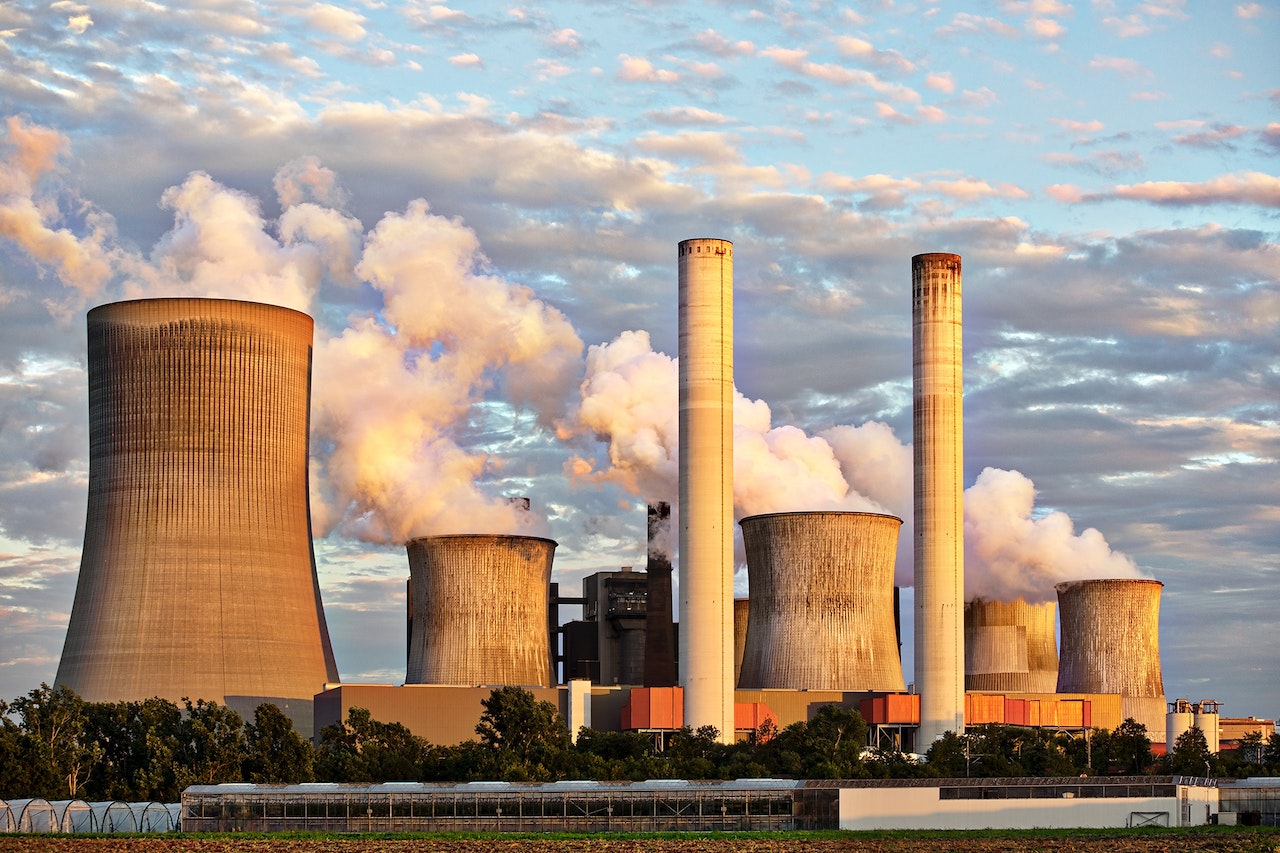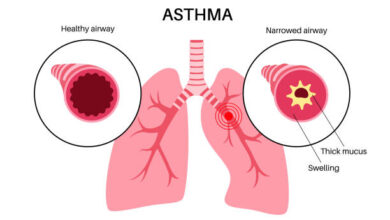Exploring the Surprising Sources of Radiation Pollution

Radiation pollution, a form of environmental contamination, has been a growing concern in recent years. While many believe that radiation is mainly a byproduct of nuclear power plants and weapons testing, the sources of this hazardous pollution are far more surprising and widespread than commonly assumed. One such source is consumer electronics. Smartphones, laptops, tablets – all these devices emit low levels of electromagnetic radiation that, when combined with the countless number of users worldwide, contribute significantly to radiation pollution in our environment. Another unexpected source is granite countertops. These stylish additions to modern kitchens are often sourced from naturally radioactive minerals like uranium and thorium. As harmless as they may seem aesthetically, these countertops can release radon gas into homes over time, posing long-term health risks if not properly ventilated or sealed. This realization highlights the importance of being aware and cautious about even seemingly innocuous choices we make in our everyday lives.
It becomes evident that radiation pollution is not solely linked to large-scale industrial activities but rather hidden within our immediate surroundings. By understanding these surprising sources and taking appropriate measures to minimize their impact on ourselves and the environment, we can work towards a healthier future free from unnecessary harm caused by radiation pollution.
Natural Sources of Radiation Pollution

Most people often associate radiation pollution with nuclear power plants or medical technologies. However, it might come as a surprise that natural sources contribute significantly to our exposure to radiation as well. For instance, the earth itself emits low levels of radiation due to its geological makeup. Radioactive elements like uranium and thorium are present in rocks and soil and continuously release radiation into the surrounding environment. In addition to natural background radiation, cosmic rays from outer space also play a role in increasing our exposure to radiation. As high-energy particles travel through space, they can penetrate the Earth’s atmosphere and reach the surface, adding an extra layer of radiation that we encounter daily. Even though these sources of radiation are relatively low compared to man-made ones, their cumulative effect should not be overlooked.
It is crucial for us to be aware of these natural sources of radiation pollution so that we can make informed decisions about reducing our overall exposure. Understanding where these sources come from allows us to take necessary precautions when spending time near certain areas or when planning trips such as mountain climbing or hiking where elevation increases our exposure due to thinner atmosphere filtering less cosmic rays. By recognizing and taking steps towards minimizing all potential sources of radiation pollution, we can better protect ourselves and future generations from its potentially harmful effects on health.
Health Risks Associated with Radiation Pollution
One of the most significant health risks associated with radiation pollution is the increased risk of cancer. Exposure to high levels of ionizing radiation has been linked to various types of cancers, including leukemia, thyroid cancer, and breast cancer. It is essential to note that even low levels of chronic exposure can also increase the risk over time. This makes it crucial for individuals to be aware of potential sources of radiation pollution in their environment and take necessary precautions. Another often overlooked health risk is the impact on reproductive health. Studies have shown that exposure to radiation can lead to fertility issues, genetic mutations in offspring, and even developmental abnormalities. Pregnant women are especially vulnerable as radiation exposure during pregnancy can adversely affect the fetus’s growth and development. Additionally, men who are exposed to radiation may experience a decrease in sperm count or quality. These risks highlight the importance of minimizing unnecessary exposure to radiation pollution and ensuring proper protection measures when working in environments with potential sources of radiation.
Understanding the health risks associated with radiation pollution is crucial for both individuals and policymakers alike. By being informed about these risks, we can make better choices regarding our personal well-being and advocate for stricter regulations on industries that contribute significantly to this pollution. It’s important not only to protect our own health but also to ensure a safer environment for future generations where they can thrive without undue harm from excessive exposure to harmful radiation.
Steps to Reduce Exposure to Radiation Pollution

One of the most effective steps to reduce exposure to radiation pollution is limiting your use of electronic devices. We live in a world surrounded by technology, from our smartphones to laptops and even tablets. However, what many people don’t realize is that these devices emit electromagnetic radiation, which can be harmful in excessive amounts. To minimize your exposure, try using your devices less frequently or keeping them at a distance when not in use. Another step you can take is to choose natural materials over synthetic ones. Synthetic materials such as plastics and certain fabrics have been found to emit more radiation than their natural counterparts. When purchasing items like furniture or clothing, opt for those made from natural fibers like cotton or wool rather than synthetic blends. By making this simple change, you can significantly reduce the amount of radiation you come into contact with on a daily basis.
It’s important to pay attention to the levels of radiation emitted by household appliances and consider replacing older models with newer ones that adhere to current safety standards. Appliances like microwaves and refrigerators often emit low levels of radiation that can accumulate over time. Keeping up-to-date with advancements in technology will help ensure that you’re using appliances with lower radiation emissions and ultimately reducing your overall exposure. Reducing exposure to radiation pollution requires conscious choices about our habits and surroundings.
Raising Awareness about Hidden Sources of Radiation
Raising awareness about hidden sources of radiation is crucial in order to protect ourselves and our environment. While we may have a general understanding of the well-known sources of radiation like nuclear power plants or medical procedures, it is the hidden sources that often go unnoticed and can have long-lasting effects on our health. By educating ourselves about these unexpected sources, such as radon gas in our homes or radioactive materials in everyday objects, we can take proactive steps to minimize our exposure. One fresh insight to keep in mind is that radiation levels can vary greatly from one place to another. This means that even if you live in an area with low background radiation, there could still be specific hotspots where the levels are significantly higher. These hotspots can be found near old nuclear testing sites, certain industries that use radioactive materials, or even natural formations like granite rocks. It’s important for communities to work together to identify these hotspots and take necessary measures to reduce exposure.
It’s essential not only to raise awareness about hidden sources of radiation but also to promote responsible usage of technology that emits radiation. For example, while cell phones provide us with convenience and connectivity, they also emit low levels of non-ionizing radiation. By providing information on safer usage practices like using hands-free devices or limiting phone usage when signal strength is weak (since phones emit more radiation when their signal strength is poor), we can empower individuals to make more informed choices regarding their own health.



